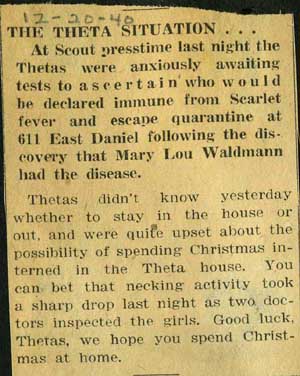|
<Primary Source Home
<Module 3 Home
Module 3: How to use primary sources
|
Try and figure out why the creator(s) were trying to convey this message with this document in their particular time and context. What audience or recipient were they trying to reach? For what purpose? What do you know about this audience or reader, and how they may have understood the document? Consider the point of view of the creator. What was their stake in making the document?
Keep in mind that no research project relies on just one single document. Most often, you will find that you need to examine the related documents in the same record series (or if it’s a published source, the same or similar publications) to get more information that will help to put your document in context and answer this all-important “why” question.
Write it down
Write about who the creator was and what they were trying to convey with the document. Consider why they wrote it and who they were trying to reach. How does this help you understand the document better?
p.6/8
|

With each new source you uncover, get into the habit of mentally going through the what, who, where, when, why questions as you examine it to get information. This clipping is included with the Senniger Papers (the scrapbook) along with the telegram. A quick search in the Archives reveals that the Scout was a Daily Illini humor column. How would knowing this affect how you would use the information in the clipping?
Student Scrapbooks and Papers
Molly Jean Wilson Senniger Papers, 1939-1942; etc.
Record Series 41/20/122
|